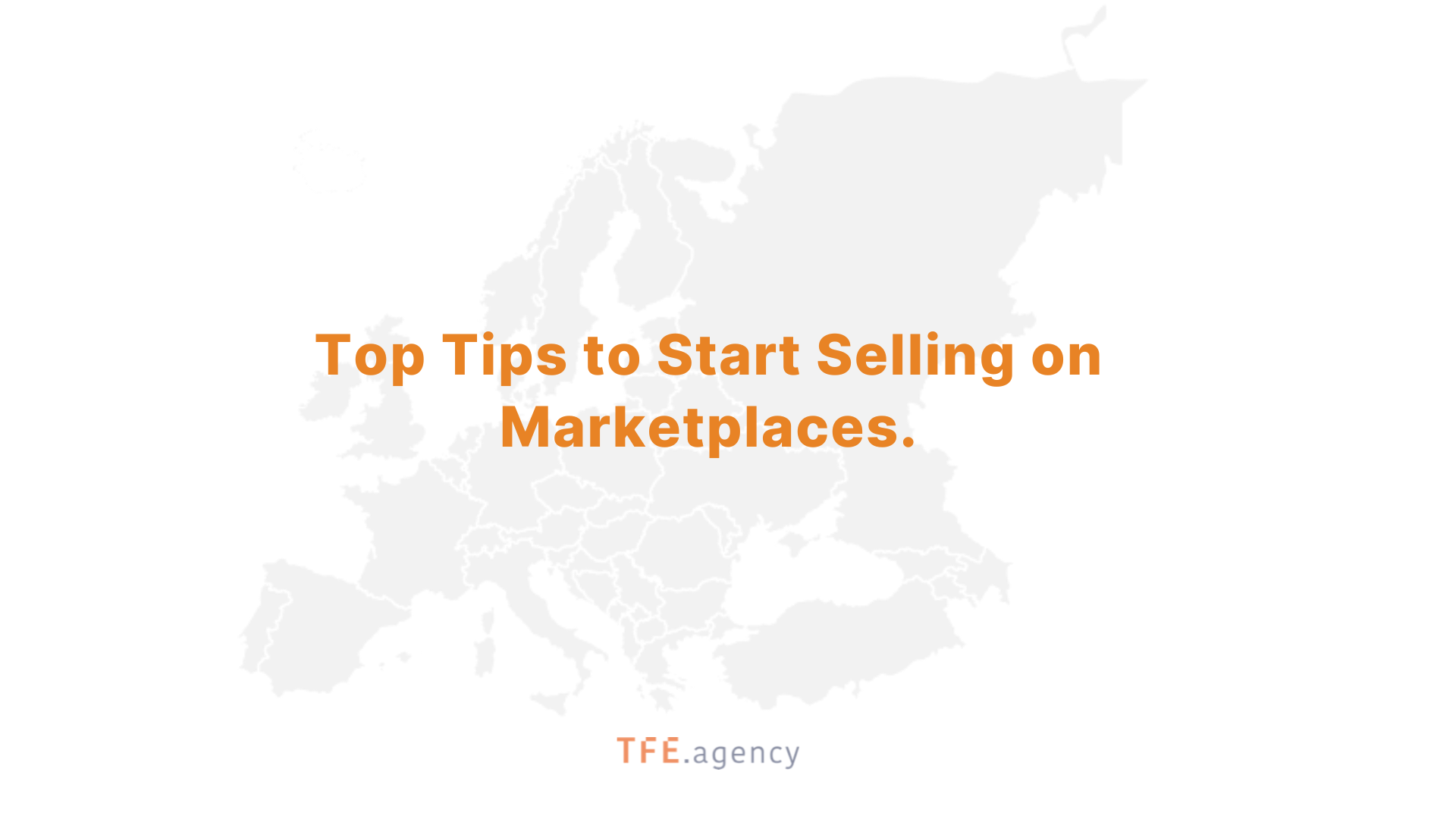
Top Tips to Start Selling on Marketplaces
Selling on marketplaces may seem like a simple task—just distribute your product catalog and wait for the orders to pour in. However, the reality is much more complex. Many brands and retailers underestimate the effort required to succeed on these platforms, leading to common mistakes that can hinder their progress.
In this blog, we’ll dive into the most frequent missteps and share 13 essential tips to help you navigate the marketplace landscape successfully. If you’re serious about making the most of your marketplace journey.
Common Mistakes to Avoid
Before jumping into our tips, let’s look at some mistakes sellers often make:
- Setting unclear objectives: Without defined goals and strategies, sellers often flounder. It’s crucial to establish your “how” and “why” before opening a marketplace account.
- Lack of internal alignment: A “one-man show” approach won’t cut it. Marketplaces require a team effort across various departments such as logistics, marketing, and customer service.
- Listing an unsuitable product assortment: Not all your products will work on every marketplace. It’s important to research and select the best products for each platform.
- Inconsistent branding across channels: Disjointed pricing, product information, and messaging across your different sales channels can confuse consumers and even cannibalize your own business.
Now that we’ve covered the pitfalls, let’s focus on how to set yourself up for success.
The 13 Top Tips to Start Selling on Marketplaces
1. Choose the Right Marketplace
While Amazon dominates globally, there are several niche platforms that might be a better fit for your brand, depending on your industry. Amazon, Cdiscount, Allegro, and Bol.com are just a few examples. Research marketplaces that align with your product categories and business goals, considering their specific entry requirements and services.
2. Select the Right Products
Start small. Rather than listing your entire catalog, choose products that are easily recognizable, have high margins, and generate fewer returns. Testing with a sample set will help you fine-tune your approach.
3. Create an Account
Once you’ve chosen your marketplace, create an account and familiarize yourself with the settings and dashboard tools. If you’re a brand, let the marketplace know. They may give you more control over your content.
4. List Your Products in the Right Categories
Getting your product into the correct category is critical. It ensures that customers can find your items quickly. Be as specific as possible when uploading product details.
5. Set Up Logistics
Choose how to manage logistics: in-house, with a partner, or outsourced to the marketplace. Some marketplaces even offer fulfillment services that could give you an edge in search results.
6. Optimize Your Content
Content is king. Unlike your website, marketplaces have fierce competition right next to you. Invest time in your product titles, descriptions, images, and keywords. The more engaging and detailed your content, the more likely you are to stand out.
7. Ensure Marketplace and Country Compliance
Selling on marketplaces often requires adhering to marketplace-specific policies as well as the legal requirements of the country where you are selling. Make sure your products comply with safety regulations, taxes (like VAT), and import/export laws. Non-compliance can lead to account suspension or even hefty fines. Understanding each country’s legal requirements is crucial for long-term marketplace success.
8. Start Selling
Congrats, you’re live! But the work doesn’t stop there. Now is when the real effort begins.
9. Collect Reviews
As sales start to roll in, encourage customers to leave genuine reviews. Aim for at least 15 reviews per product to improve credibility and search rankings. Responding to negative feedback promptly can also help build trust.
10. Launch Advertising Campaigns
Initially, your products might not perform well due to lack of visibility. Use the promotional and advertising tools available on each marketplace to boost your products. Start with special offers to generate early sales and reviews.
11. Review Results and Optimize
Use the data you gather to refine your content, improve delivery times, and optimize future advertising campaigns.
12. Expand Your Product Range
Once you’ve fine-tuned your approach, gradually introduce more products. Keep testing and improving the process.
13. Consider New Marketplaces
With your marketplace presence now well-established, it’s time to consider expanding to new platforms. Each one may offer unique opportunities to grow your brand.
By following these steps, you’ll be well on your way to achieving marketplace success. Remember, the journey doesn’t stop once you’re live. It requires ongoing analysis, adjustment, and optimization to keep pushing your business forward.
Want more in-depth advice? Check out our latest webinar, “The Importance of Selling in Different Marketplaces.”
